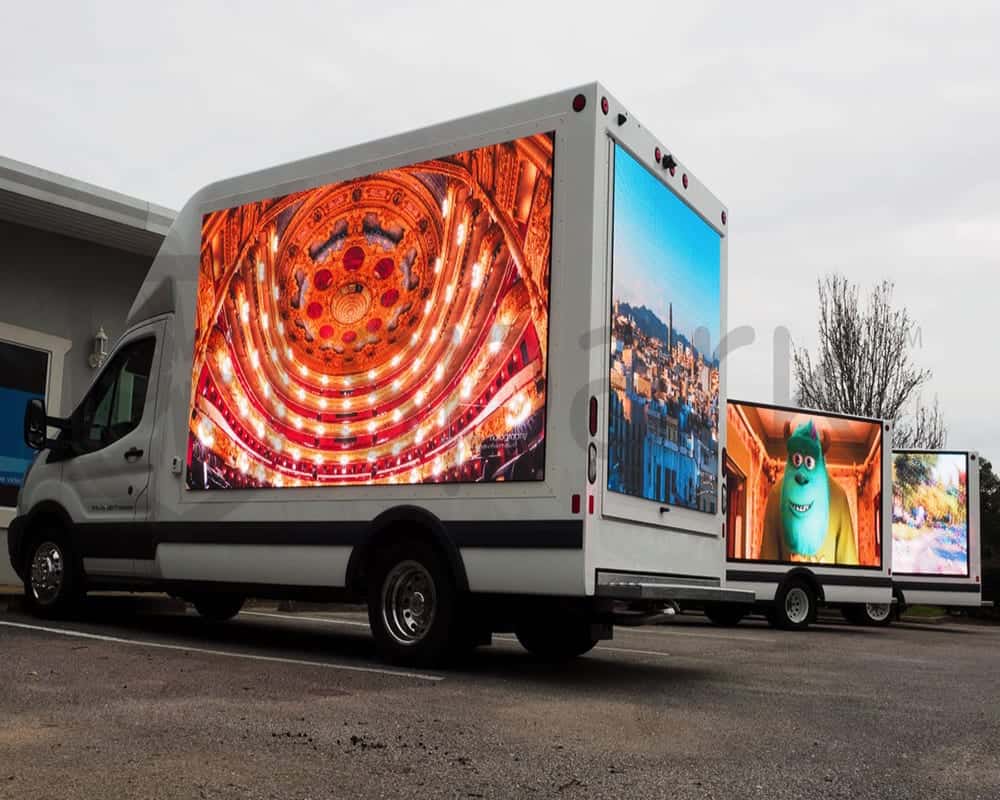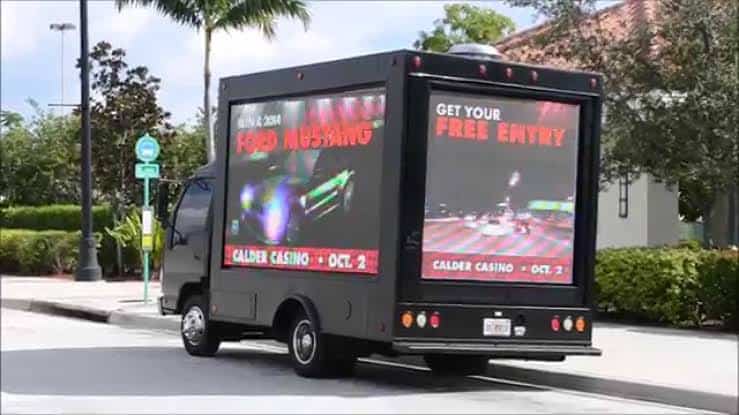Mobile Truck Advertising
Out-of-home (OOH), advertising is an essential medium through which companies build brand awareness. One of the most popular OOH advertising platforms is mobile truck advertising. In it rucks ferry billboards to target locations during an ad campaign.
Mobile truck advertising promises high exposure but low conversion
Sure, trucks traverse thousands of miles in a day, exposing billboards to thousands of people. Mainly, periods of traffic on highways expose people inside cars to the message for a longer duration. Thus, are more effective. Studies show that 91% of people inside vehicles look at truck-side billboards actively at the time of exposure. However, under 35% of the viewers follow up on the advertisement on online platforms, the study further reveals. Of the 35% who follow up on the ad, just a handful make a direct action, making the medium quite inefficient.
Backers of mobile truck advertising argue that the medium reaches consumers “at the point of purchase.” On the upside, this is an advantage because it enables advertisers to reach deep into the market. However, the advertising medium suffers from similar issues that plague the entire OOH advertising sector. Notably, advertisers are unable to pinpoint the exact section of the target audience that they would like to reach. It explains the low rates of brand engagement.







